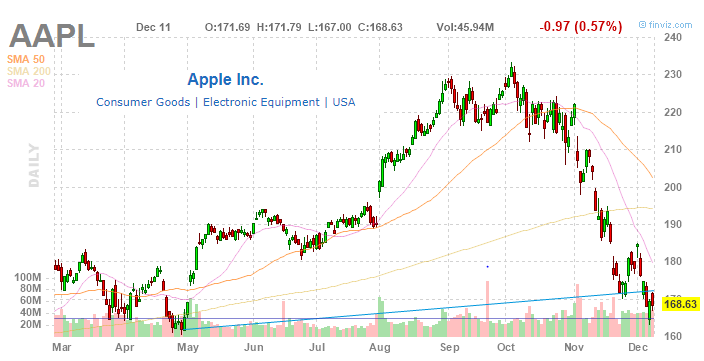
Technical analysis is a popular approach to analyzing financial markets that uses past price and volume data to predict future price movements. One of the most common patterns used in technical analysis is the triple top or bottom, which is a formation that signals a potential trend reversal. In this article, we’ll define what triple tops and bottoms are and how traders can use them to make informed investment decisions.
Triple Tops and Bottoms: Definition
A triple top is a technical chart pattern that occurs when an asset’s price reaches a resistance level three times without being able to break through it. Resistance levels are levels where the price has historically struggled to break through, indicating a possible change in trend. A triple top formation suggests that buyers have tried and failed three times to push the price higher, indicating a weakening of bullish momentum and a possible reversal in the trend.
Conversely, a triple bottom is a technical chart pattern that occurs when an asset’s price reaches a support level three times without being able to break below it. Support levels are levels where the price has historically bounced off, indicating a possible change in trend. A triple bottom formation suggests that sellers have tried and failed three times to push the price lower, indicating a weakening of bearish momentum and a possible reversal in the trend.
In both cases, the pattern is formed by three peaks or troughs that are roughly equal in height, with two intermediate troughs or peaks that are lower or higher than the other three. The pattern is considered complete when the price breaks through the support or resistance level, confirming the reversal in trend.
Trading Triple Tops and Bottoms
Traders use triple tops and bottoms to make informed investment decisions. When a triple top formation is identified, traders may choose to sell their long positions or short the asset, anticipating a potential reversal in the trend. Conversely, when a triple bottom formation is identified, traders may choose to buy the asset, anticipating a potential reversal in the trend.
It’s important to note that while triple tops and bottoms can be useful indicators, they are not always reliable. In some cases, the price may break through the support or resistance level, only to quickly return to the previous trend. Traders should always use other indicators, such as volume, moving averages, and other chart patterns, to confirm the reversal before making any investment decisions.
Triple Tops and Bottoms Example
Let’s take a look at a real-world example of a triple top formation. The chart below shows the price of Apple Inc. (AAPL) from July to October 2019.

As you can see, the price of AAPL reaches a resistance level of around $220 three times, indicated by the three peaks labeled A, B, and C. Each time the price reaches this level, it is unable to break through it, indicating a weakening of bullish momentum. The two intermediate troughs, labeled 1 and 2, are lower than the other three peaks, forming the triple top pattern.
After the third peak, the price breaks through the support level at around $200, indicating a potential reversal in the trend. Traders who identified this pattern may have chosen to sell their long positions or short the asset, anticipating a potential downtrend.
Conclusion
Triple tops and bottoms are popular chart patterns used in technical analysis to predict potential trend reversals. A triple top formation occurs when an asset’s price reaches a resistance level three times without being able to break through it, while a triple bottom formation occurs when an asset’s price reaches a support level three times without being able to break below it.

